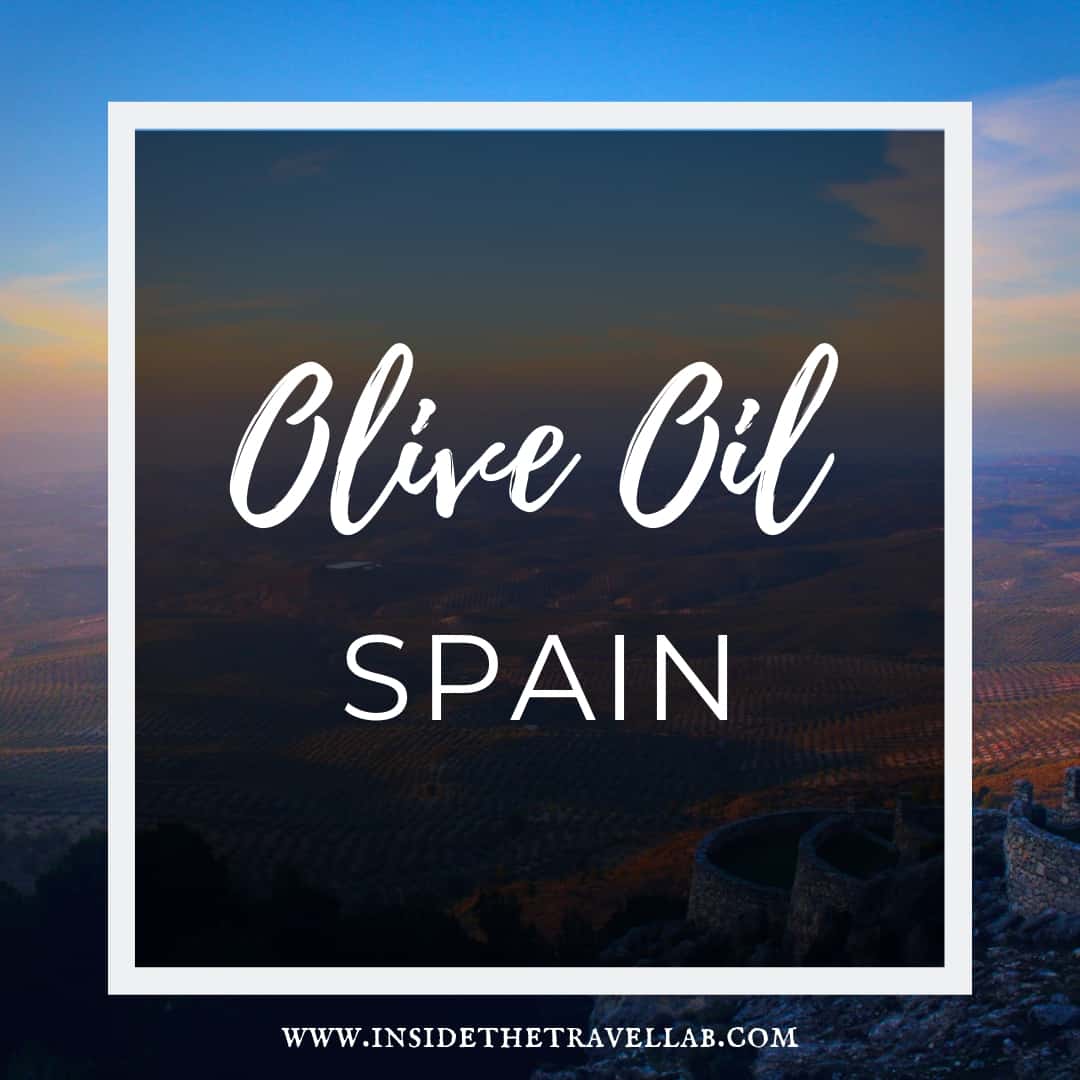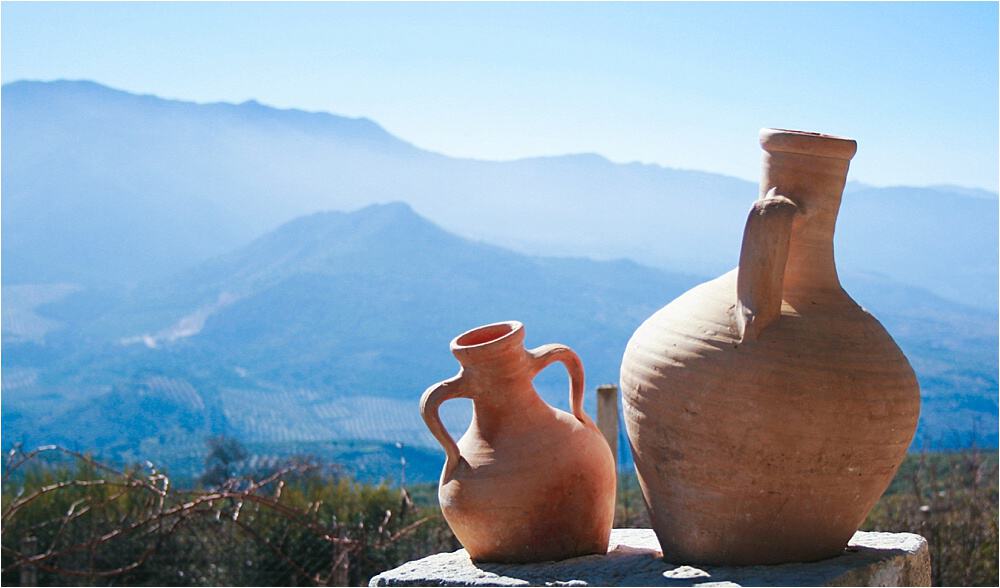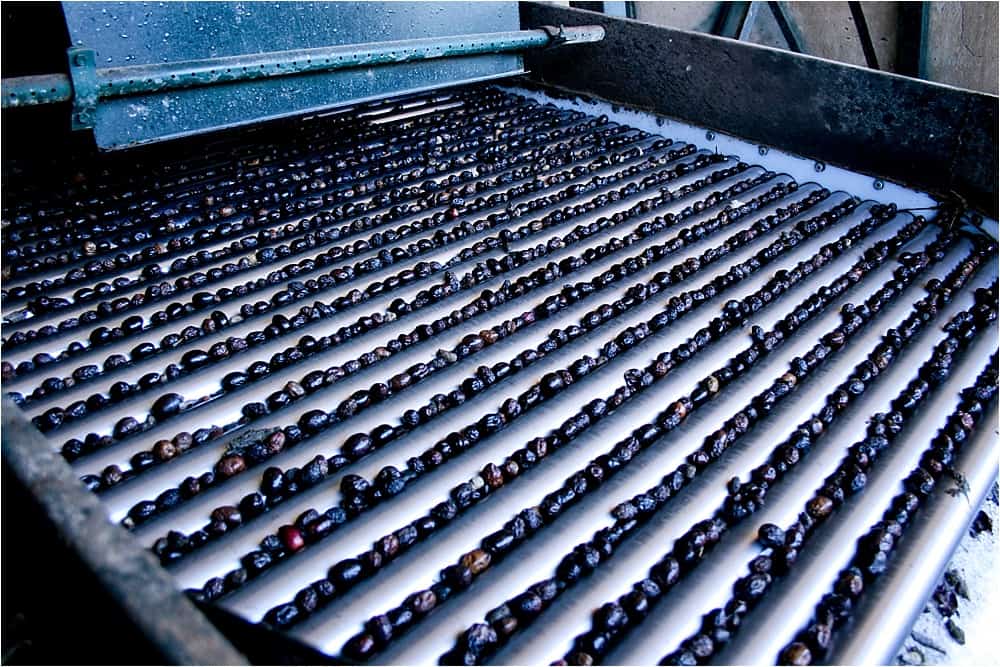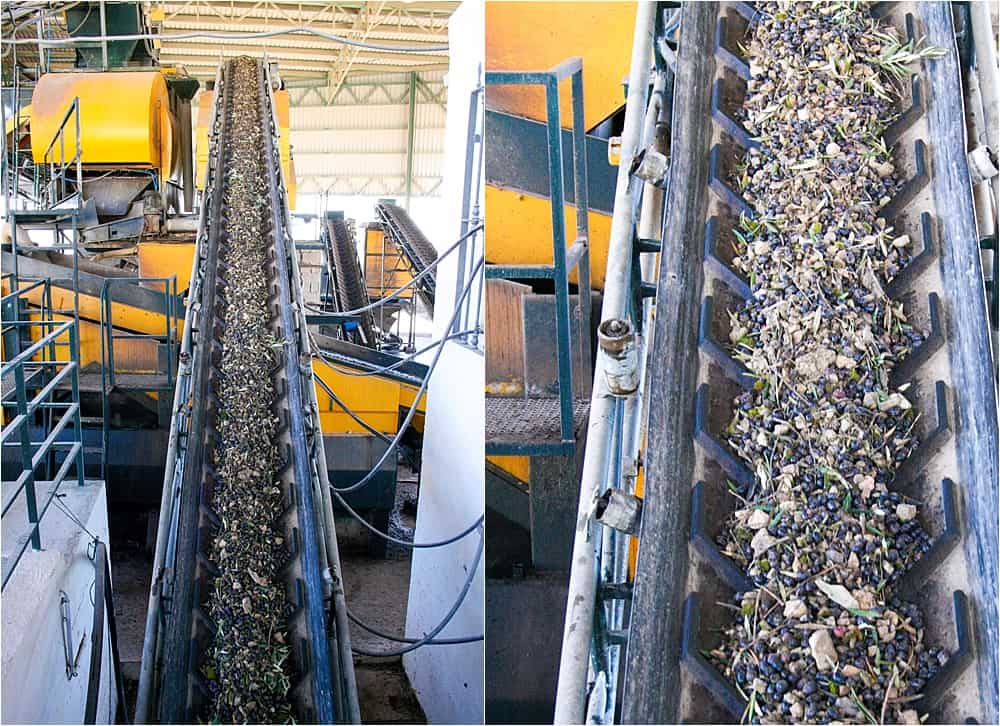Any drive through southern Spain reveals field after field of silver, wizened olive trees. But how are olives harvested in Spain? We travelled to a small farm in Andalusia to find out…

A firsthand account of how olives are harvested in Spain
The police check was not a good omen. Torchlight zig-zagged across the car. Our explanation was not deemed plausible.
“You are English,” he lingered over the words. “And yet you say you want to pick olives?”
Here in Jaen province, olives mean business. Big business. Field upon field of olive trees ripple over the mountains, lines of wizened silver trunks rising up and down with every bend in the road. Spain produces between 40 and 45% of the world’s olive oil, so I was prepared for a huge commercial operation. What surprised me, though, was the discovery that many families still grow their own olives. A field here and there. A grove somewhere else.
And the road to Pegalajar is a small one. The key to our release, inside information.
“Good evening young lady,” said the policeman, rechecking his paperwork. “I believe I know your mother.”
When it comes to harvesting olives, it’s a tale of big business but small families.
But as we drove off, I heard him chuckling. “They want to pick olives!”

Harvesting Olives: Big Business, Small Families
Picking olives has also become something of a family chore. Farming is as fickle as ever and many young people now study, train and prepare for professions away from the countryside.
Yet the family plots remain, the work must still be done.
The next morning, fortified by thick coffee and cake, we drove further up into the mountains, blessed by a blue sky and clear air. It had rained that year in Andalucia. Rained and rained and rained and rained, then without respite, it rained some more. Riverbanks had burst, households had sprung leaks and laundry had sprouted damp-related fungus.
For the olive harvest, though, rain means disaster and many of the mountain roads remained closed off. As we squelched along the mud tracks, plantation owner Mr X explains that December is usually the busiest month. It is now February and almost every tree still hangs heavy with fruit.
Some trees vibrate as we drive past, olives dropping onto the floor like jelly beans spilling from a child’s party plate. The machine that makes this happen, a small hook on the end of a metal pole, is as high tech as it gets. Most olives get beaten out of the tree with a stick.

Joining in the Olive Harvest in Spain
We watch for a while, then join in the fun. The idea is simple, the execution more slippery.
Olive trees stand on steep land and our feet slide around on the rain-infested earth.
It turns out that there’s more than one way to hit a tree. Get it right and olives land in a speckled halo around you.
Get it wrong and they land on your face.
After raking the earth, leaves and olives together, the collection is heaped into a trailer. Mr X walked around with a ghostbusters-type machine, a reverse hoover that usually blows the olives into a pile.
It doesn’t work today, however. The mud captures everything.

At the Olive Oil Factory
At the Melgarejo factory, a hole in the ground swallows it all- sticks, mud, olives and leaves. Many of the conveyer belts are empty.
“Bad weather,” shrugs Mr X. “Most winters, this never stops.”
The factory staff look bemused as we wander around, gazing at the machines.
That’s the nature of travel, I suppose. One person’s chore is another’s great experience.
I watch, rapt, as olives wiggle and tumble through dark ridges and pockets until they line up. Scrubbed, clean and in formation like schoolchildren in a class photo.
The air smells like tapenade, a sheen of black paste on the floor. I was disappointed to learn that you can’t eat fresh olives, that they need at least a year to marinate. Jaen olives aren’t for nibbling, though. Their value lies in the gallons and gallons of olive oil that have earned the nickname liquid gold.
Hungry, we pass into the next area, where the crushing begins. Like fresh compost, black mulch tumbles through metal funnels to become a fountain of thick, mustard-yellow oil. From black to yellow through a quick silver press.
Tasting the Freshest Most Virginest Olive Oil
Under instruction, I slip my finger into the warm flow and taste its slightly sticky content – a smoothie of freshly chopped grass and warm water.
Filters then transform the vats into the clear, syrupy liquid that rushes into the bottles. They shunt, twist and zip along the conveyor belt in an almost perfect dance.
In contrast to the mayhem of the factory, the storeroom stretches on in metallic, clinical quietness. The stainless steel cylinders dwarf us in size.
We taste a few. They fire off a peppery flame at the back of my throat with their strength and I force a smile as I wonder whether this is the start of an allergic reaction.
Fortunately, it’s not and I make it to the gift shop alive. Looking at the gold-embossed boxes and brochures, it feels dreamlike to remember that the day began by sliding around in mud hitting a tree.
As we leave the factory, another vehicle pulls up with the next batch of olives. I hang back for a photo, overhearing the conversation between factory worker and farmer. The latter looks confused.
“English,” the first shrugs. “Wants to pick olives.”
How to see an olive harvest in Spain yourself
Did you know that the olive oil landscapes of Andalucia are on the tentative UNESCO World Heritage Site list? Just one more reason to see an olive harvest in Spain!
Olive Harvest Practicalities
The olive harvest usually takes place between December and March in Spain. Granada and Seville have international airports but there are usually more frequent flights to Malaga.
Olive Harvest Tours
You will need to hire a car unless you book onto an olive harvest tour. Viator, for example, run an olive harvest tour from Jaen – you can find the details here.
More About Spanish Food and Drink
Travel around the rest of Spain through her recipes.
- Saltier and wrinklier than Mick Jagger: patatas arrugadas from the Canaries.
- The best churros in Madrid at the oldest chocolatería
- Challenge your tastebuds with the Tenerife food guide
- Why the best pintxos in San Sebastian is a story of rebellion
- The best tapas bars in Seville
- Gin, sin and the Xoriguer Distillery in Menorca
- What makes Asturian cider so different
- The seven Rioja bodegas you need on your wine-tasting list
- Eating at the world’s best restaurant in Catalunya
- The world’s best pizzeria lives in Spain (yes, Spain)





Interesting. I figured olives were picked much like grapes, but beating the tree with a stick works, too!
I was pretty surprised, too! It’s hard work but strangely satisfying…
Very interesting post thanks for writing it I just added your website to my favorites and will be back.
Any better now?